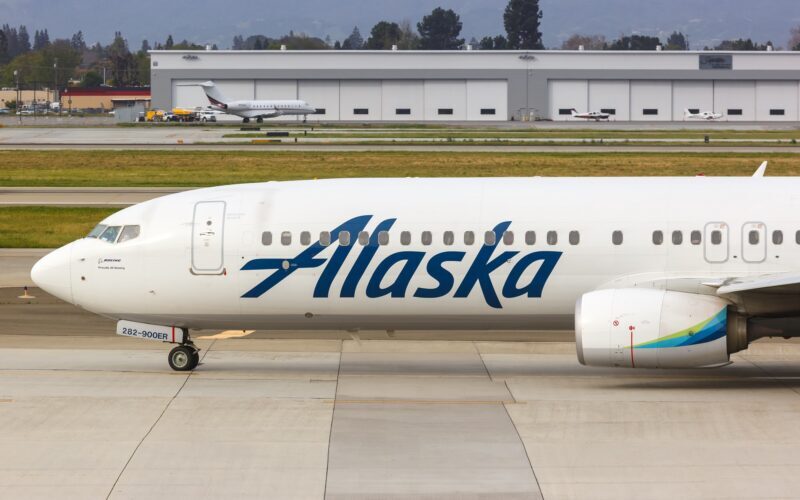Boeing and Alaska Airlines Refute Liability Claims in Door Plug Incident Lawsuit

In response to legal actions stemming from a January incident where a door plug blew out of a Boeing 737-Max 9 during flight, both Boeing and Alaska Airlines have formally denied liability. This development comes as part of the companies’ official replies to a class-action lawsuit filed by passengers of Alaska Airlines Flight 1282, marking the first direct response from either company regarding the lawsuits triggered by the event.
While Boeing acknowledged the incident and referred to CEO Dave Calhoun’s admission of the occurrence as a “mistake” in a CNBC interview, it refuted claims of liability for the passengers’ alleged damages. The aerospace giant argued for dismissal of the lawsuit, citing improper maintenance or misuse by parties other than Boeing as the reason it should not be held responsible for any resulting injuries.
Similarly, Alaska Airlines disclaimed any liability, attributing potential injuries from the door plug blowout to factors beyond its control, implicating “Defendant The Boeing Company and/or non-party Spirit AeroSystems” as potentially at fault.
Furthermore, Alaska Airlines contested any connection between the aircraft’s repeated cabin-pressure warning light activations prior to the incident and the flight’s safety. This stance comes despite the light’s activation three times in the month preceding the incident, including the day before, which has raised questions about the aircraft’s readiness for flight.
These defenses are part of ongoing proceedings in the U.S. District Court in Seattle, where the lawsuit seeks compensation for the physical and emotional distress passengers endured when the door plug’s blowout caused the cabin to rapidly depressurize, creating a terrifying situation for those on board.
Daniel Laurence, representing the passengers, expressed disappointment at the companies’ stance, emphasizing the clear evidence and public sentiment that suggest the airlines should acknowledge liability for the dangerous situation created.
The incident in question led to an emergency return to Portland International Airport after a door plug dislodged at approximately 16,000 feet, causing a significant hole in the fuselage. This event has since subjected Boeing and its 737 Max aircraft to renewed scrutiny, with the Federal Aviation Administration (FAA) grounding some models and launching an audit into Boeing and Spirit AeroSystems for potential non-compliance with manufacturing quality standards. Additionally, the Department of Justice has initiated a criminal investigation into the matter.
Passengers involved in the class-action lawsuit allege they suffered physical harm and psychological trauma from the ordeal, with some reporting lasting aversions to flying and seeking therapy for emotional distress. Allegations also include malfunctioning oxygen masks, exacerbating the passengers’ panic and discomfort during the incident.
Despite these claims, Alaska Airlines refutes the malfunctioning of any oxygen masks in its legal filings, maintaining that the aircraft was deemed safe for flight despite the previous warning light activations. The airline also downplayed any link between these warnings and the door plug blowout, contributing to the complex legal battle unfolding as passengers seek accountability for their harrowing experience.
Sources: AirGuide Business airguide.info, bing.com, nbcnews.com
